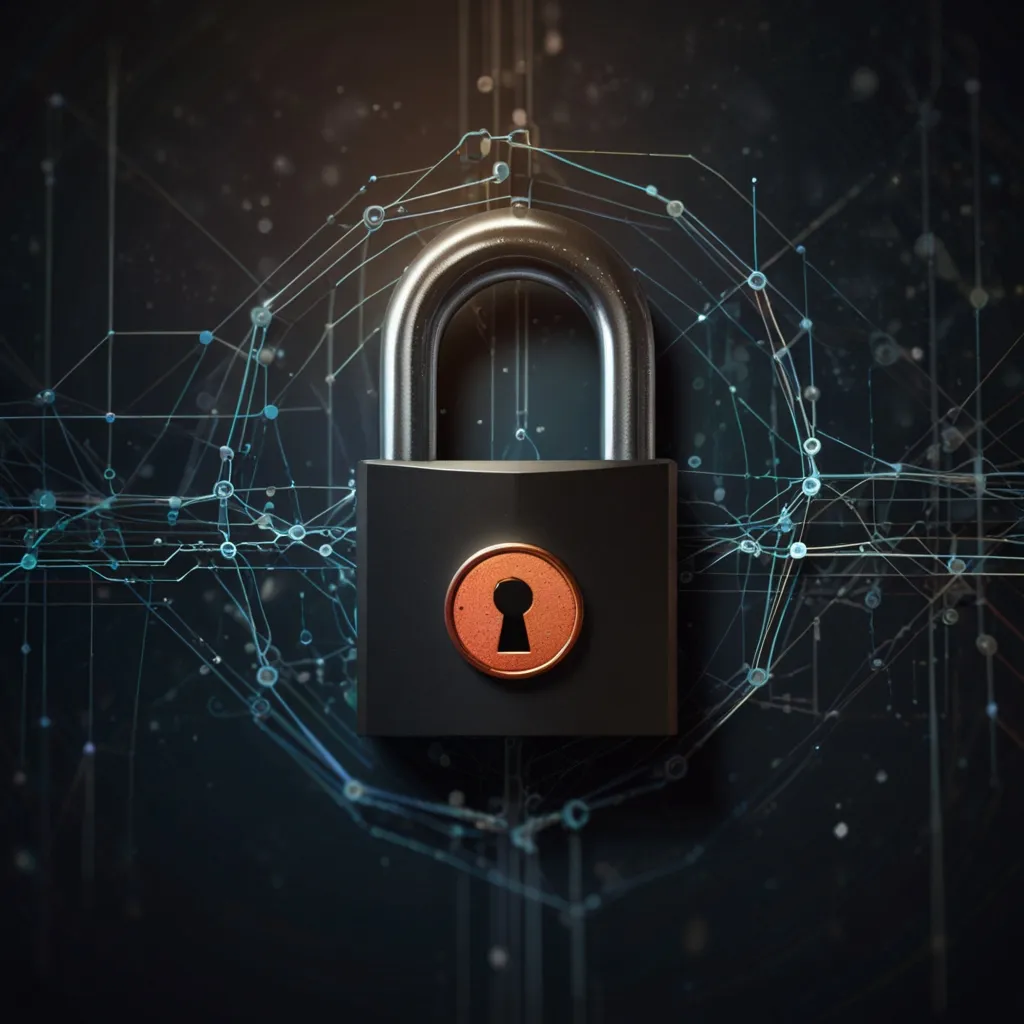Alright, let’s dive into the fascinating world of AI-powered code review tools using GPT models. As a developer, I’ve always been intrigued by the potential of AI to revolutionize our workflow, and code review is no exception.
Imagine having a virtual coding buddy that can spot bugs, suggest improvements, and even explain complex code snippets. That’s exactly what an AI-powered code review tool can do for you. And the best part? We can build one ourselves using GPT models!
First things first, let’s talk about why we need such a tool. As developers, we spend countless hours reviewing code, looking for potential issues, and ensuring best practices are followed. It’s a time-consuming process that can sometimes feel like finding a needle in a haystack. That’s where our AI assistant comes in handy.
To create our AI-powered code review tool, we’ll need to leverage the power of GPT (Generative Pre-trained Transformer) models. These bad boys are the rockstars of natural language processing, capable of understanding and generating human-like text. But here’s the kicker: we can fine-tune them to understand programming languages too!
Let’s start by setting up our development environment. We’ll be using Python for this project, so make sure you have it installed along with some essential libraries. Here’s a quick setup:
import torch
from transformers import GPT2LMHeadModel, GPT2Tokenizer
# Load pre-trained model and tokenizer
model = GPT2LMHeadModel.from_pretrained('gpt2')
tokenizer = GPT2Tokenizer.from_pretrained('gpt2')
Now that we have our model and tokenizer ready, it’s time to fine-tune the GPT model on a dataset of code snippets and their corresponding reviews. This step is crucial as it teaches our model to understand the nuances of different programming languages and common coding patterns.
To create our dataset, we’ll need to gather a large collection of code snippets along with their associated reviews. This can be a mix of open-source projects, code from online platforms, and even your own company’s codebase (with proper permissions, of course).
Once we have our dataset, we’ll need to preprocess it. This involves tokenizing the code snippets and reviews, and formatting them in a way that our model can understand. Here’s a simple example of how we might process a single code snippet and its review:
def preprocess_data(code, review):
# Combine code and review with special tokens
input_text = f"<CODE>{code}</CODE><REVIEW>{review}</REVIEW>"
# Tokenize the input text
tokens = tokenizer.encode(input_text, truncation=True, max_length=512)
return torch.tensor(tokens)
# Example usage
code_snippet = "def hello_world():\n print('Hello, World!')"
review_comment = "Good function, but consider adding a docstring for better documentation."
processed_data = preprocess_data(code_snippet, review_comment)
With our data preprocessed, we can now fine-tune our GPT model. This process involves training the model on our dataset, allowing it to learn the patterns and relationships between code snippets and their reviews.
Fine-tuning can be a bit tricky, so don’t get discouraged if it takes a few attempts to get it right. It’s all part of the learning process! Here’s a simplified example of how we might fine-tune our model:
from transformers import Trainer, TrainingArguments
training_args = TrainingArguments(
output_dir='./results',
num_train_epochs=3,
per_device_train_batch_size=16,
save_steps=10_000,
save_total_limit=2,
)
trainer = Trainer(
model=model,
args=training_args,
train_dataset=processed_dataset, # Our preprocessed dataset
)
trainer.train()
Once our model is fine-tuned, we can start using it to generate code reviews. This is where the magic happens! We’ll feed our model a code snippet, and it will generate a review based on what it has learned during the fine-tuning process.
Here’s an example of how we might use our fine-tuned model to generate a code review:
def generate_review(code_snippet):
input_text = f"<CODE>{code_snippet}</CODE><REVIEW>"
input_ids = tokenizer.encode(input_text, return_tensors='pt')
output = model.generate(input_ids, max_length=200, num_return_sequences=1, no_repeat_ngram_size=2)
review = tokenizer.decode(output[0], skip_special_tokens=True)
return review.split('<REVIEW>')[-1].strip()
# Example usage
code_to_review = """
def calculate_average(numbers):
total = sum(numbers)
count = len(numbers)
return total / count
"""
review = generate_review(code_to_review)
print(review)
This might output something like: “The function looks good overall. However, you might want to add a check for an empty list to avoid a potential division by zero error. Also, consider adding a docstring to explain the function’s purpose and parameters.”
Pretty cool, right? But we’re not done yet! To make our tool even more powerful, we can integrate it with popular version control systems like Git. This way, our AI assistant can automatically review pull requests and provide feedback right in the code review interface.
We can also extend our tool to support multiple programming languages. By fine-tuning separate models for different languages or using a multi-lingual model, we can create a versatile code review assistant that can handle Python, Java, JavaScript, Go, and more!
As we continue to improve our AI-powered code review tool, we might encounter some challenges. One of the biggest hurdles is ensuring that the model provides accurate and helpful feedback. We don’t want it suggesting changes that might introduce new bugs or go against best practices.
To address this, we can implement a confidence scoring system. This would allow the model to indicate how certain it is about each suggestion. We could then set a threshold, only showing suggestions that meet a certain confidence level.
Here’s a quick example of how we might implement a simple confidence scoring system:
def generate_review_with_confidence(code_snippet):
input_text = f"<CODE>{code_snippet}</CODE><REVIEW>"
input_ids = tokenizer.encode(input_text, return_tensors='pt')
output = model.generate(input_ids, max_length=200, num_return_sequences=1, no_repeat_ngram_size=2, output_scores=True, return_dict_in_generate=True)
review = tokenizer.decode(output.sequences[0], skip_special_tokens=True)
review = review.split('<REVIEW>')[-1].strip()
# Calculate confidence score (this is a simplified example)
confidence = torch.mean(output.scores[0]).item()
return review, confidence
# Example usage
code_to_review = """
def greet(name):
print(f"Hello, {name}!")
"""
review, confidence = generate_review_with_confidence(code_to_review)
print(f"Review: {review}")
print(f"Confidence: {confidence:.2f}")
This confidence scoring system adds an extra layer of reliability to our tool. We can use it to filter out low-confidence suggestions and focus on the ones our model is more certain about.
As we wrap up our journey into creating an AI-powered code review tool, I can’t help but feel excited about the possibilities. This technology has the potential to significantly streamline our development process, catch bugs early, and help maintain consistent coding standards across projects.
But remember, while our AI assistant is incredibly helpful, it’s not meant to replace human code reviewers entirely. Instead, think of it as a powerful tool that augments our capabilities, allowing us to focus on more complex aspects of code review while it handles the routine checks.
In the future, we might see these AI-powered code review tools become even more sophisticated. They could learn from user feedback, adapting their suggestions based on which ones developers accept or reject. We might even see them integrated directly into IDEs, providing real-time feedback as we code.
The world of AI and software development is constantly evolving, and it’s an exciting time to be a part of it. So why not give it a shot? Build your own AI-powered code review tool, experiment with different models and techniques, and who knows? You might just create the next big thing in developer productivity tools. Happy coding!






